Ioana Cîrlig and Marin Raica had been working as press photographers for their whole professional careers, until they realised that running around at all hours of the day, having their lives dictated by deadlines, is a complete, fucking nightmare. Instead, they’ve decided to take the pace down a notch by spending the next 16 months photographing factory workers. The pair plan to travel around the heavily-industrialised areas left after the Communist period, documenting the lives of the people that ex-Romanian President Nicolae Ceauşescu turned from farmers into miners, then left bankrupt after his misguided, Socialist dream collapsed in on itself.
To fund their work on Postindustrial Stories, Ioana and Marin recently had to sublet their Bucharest apartment and move to Brad, a small town in the Transylvania region that’s home to an ancient gold mine closed by the Romanian government in 2006, effectively wiping out the only jobs the townspeople could find in one fell swoop. I got in touch with duo to see how they’re enjoying their new home.
Videos by VICE
VICE: Hi, guys. What’s the vibe like in Brad?
Ioana and Marin: It all seems very 1980s, but that’s just our first impression. Everyone here is open and kind, but unemployment dominates pretty much every conversation. We’re starting to take photos for the book this week – we wanted to find some powerful back-stories first.

How did you choose the areas you’ll be documenting?
We chose places where communities were formed in the Ceauşescu era because of an interest in natural resources, which then fell into poverty. So there’s the Apuseni Mountains area, which is bathed in gold and people there have dealt with precious metal mining and processing for more than 2,000 years. Then we’ll move to the southwestern mountain area, which flourished financially during the Austro-Hungarian Empire, as well as in Communist times. To finish off, we’ll go Valea Jiului, which used to have the largest coal deposit in the country.
Have you ever been to any of these places before?
Yeah, we visited all of them, but only stayed a little while. We’re going to be living in each of them for a few months at a time while we’re shooting there, because we think the insight we’d get from living there would be so much deeper than just a few snapshots for a three-day trip, or whatever. There are areas in Romania where people can’t find work and end up being exploited for ridiculous sums of money by foreign investors, meaning the only hope for their children is to leave the country, which is a shame, so we want to capture some of that.

You’re going to have hundreds of photos – how will you make the final edit for your book?
We work with wide format film, so that forces us to think before we click, meaning we actually won’t have too many photos to choose from. We know we want to focus on people – miners and young people – so the edit will revolve around that.
The postindustrial areas have been covered quite a lot before, how are your pictures going to differ?
Other photos might deal with the same social phenomenon, but our work isn’t about extremes, contrasts or unusual events. We make a conscious effort to approach our subjects without any preconceived opinions so that we can get the full picture. Also, we have time on our side, so we’ll be able to really get to know the people we’re photographing.
Thanks, guys. Good luck!
Postindustrial Stories has been a dream of Ioana and Marin’s for a few years. If you’re a nice person who’d like to help them realise their dream, here are the bank accounts you can use to make a donation: (RON) RO74 CECE C001 9462 6651 8311, (EUR) RO61 BRDE 445SV 590709 64450.
Love pictures? So do we! Check these out:
Gordon Holden Takes Pictures of Your Parallel Youth
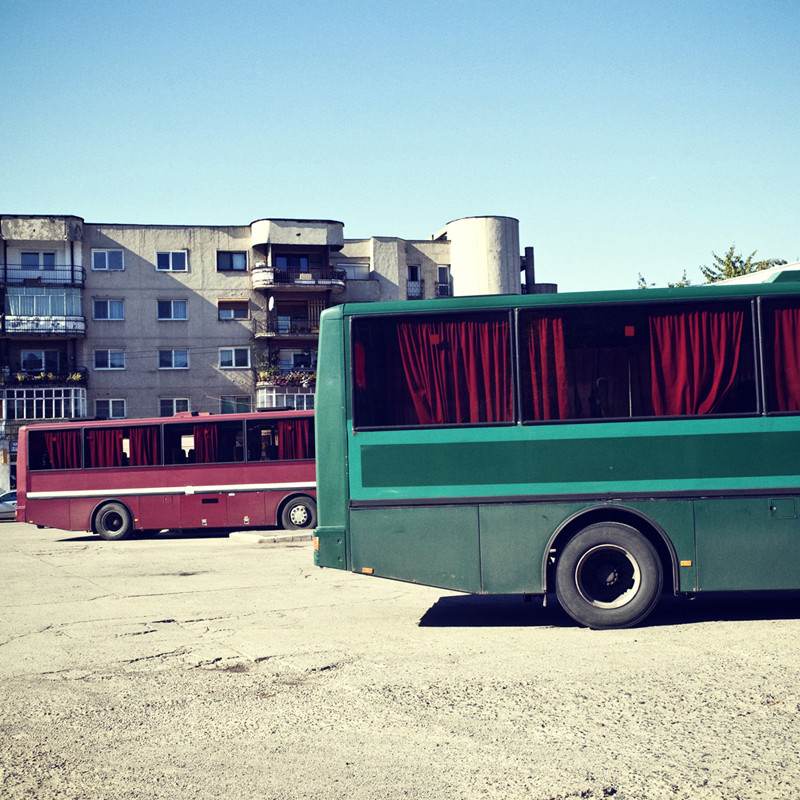
Bus station at Brad, by Ioana Cîrlig
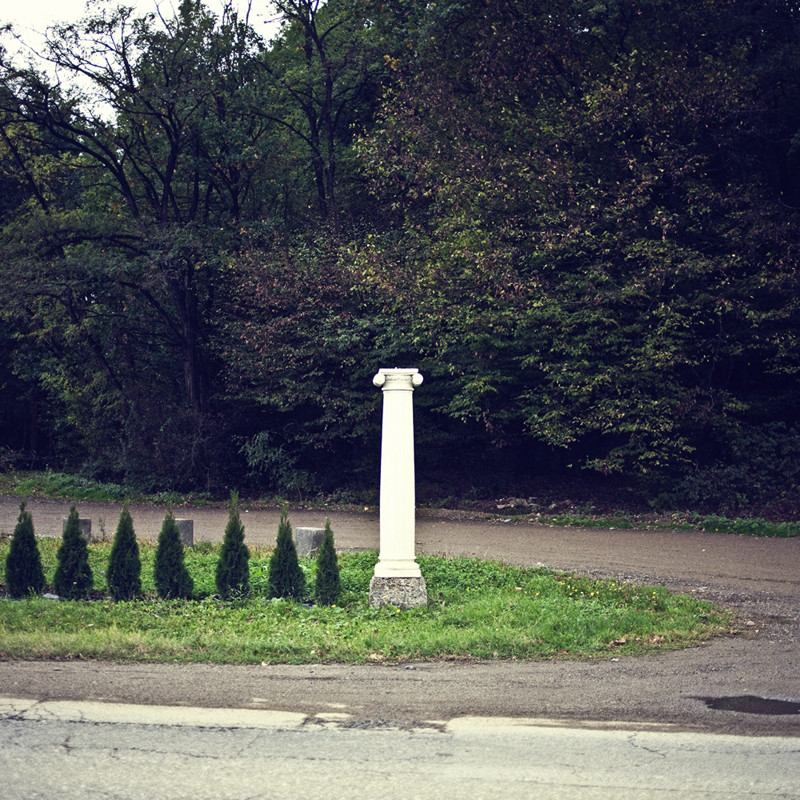
Decoration, Brad area, by Ioana Cîrlig
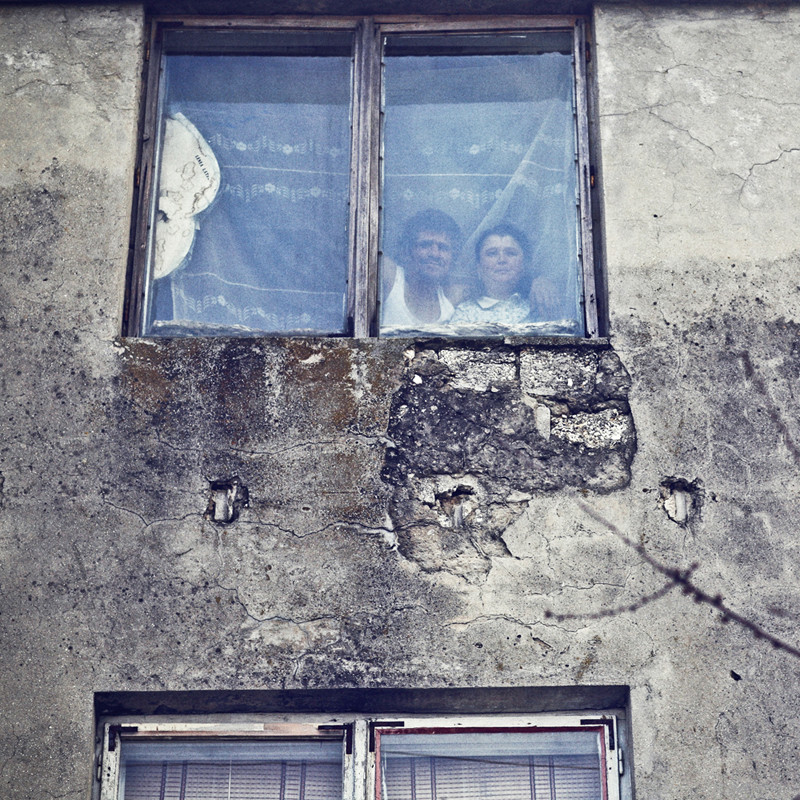
Couple at the Altîn Tepe colony, by Ioana Cîrlig
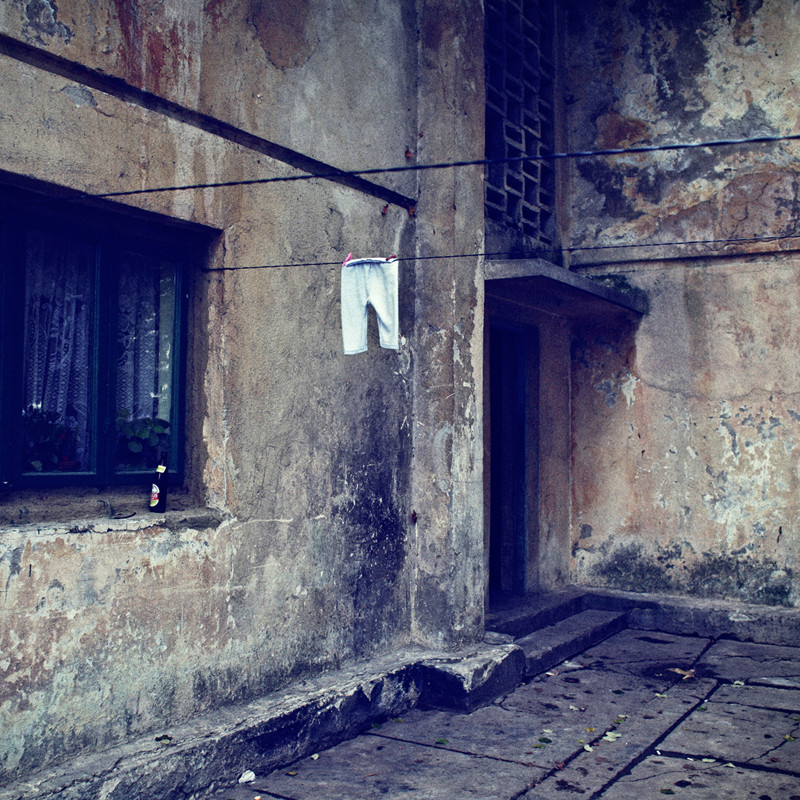
Laundry left to dry in Mija colony, by Ioana Cîrlig
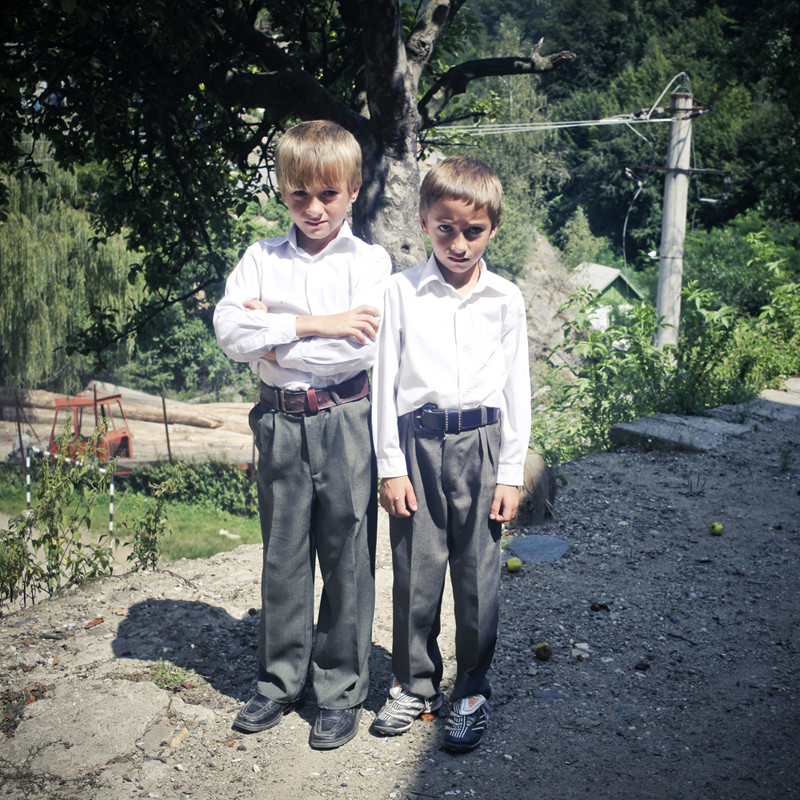
Brothers at Parva, by Ioana Cîrlig
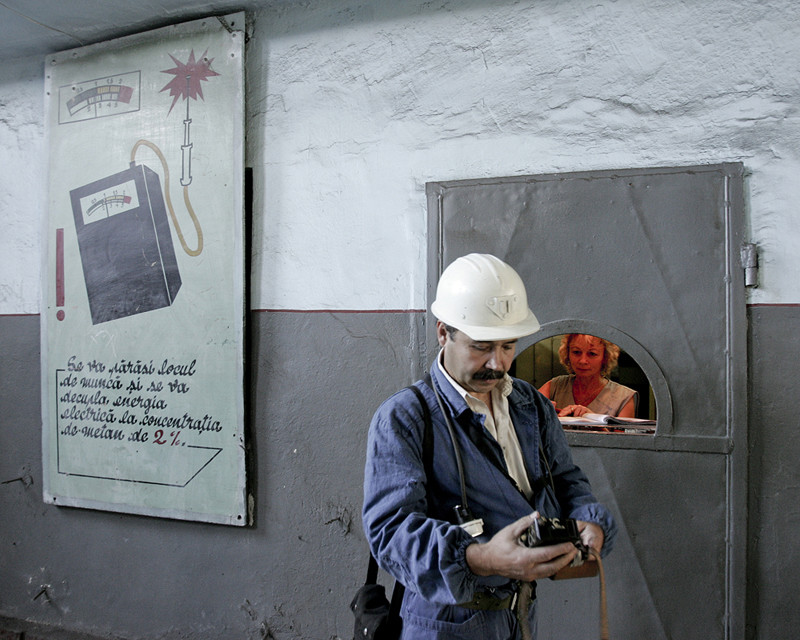
A miner prepares for work at the Paroseni Mine, Valea Jiului, by Marin Raica
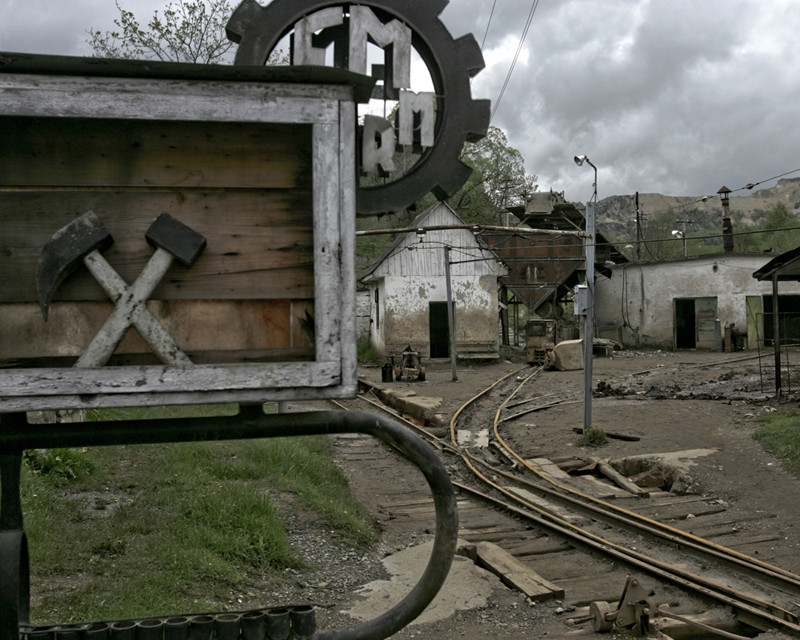
Mining workshops at Roșia Montană, closed in 2006, by Marin Raica
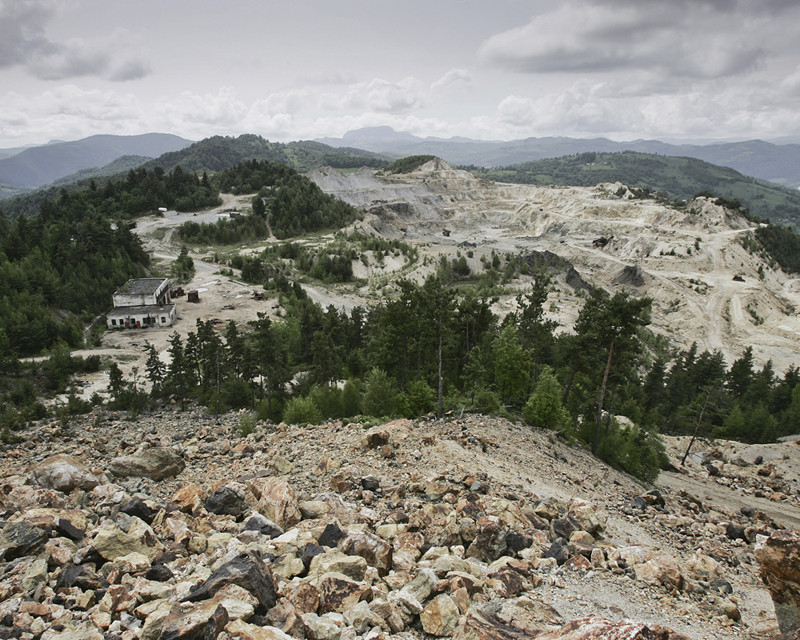
Surface career from Cârnic Mountains in Roșia Montană, by Marin Raica
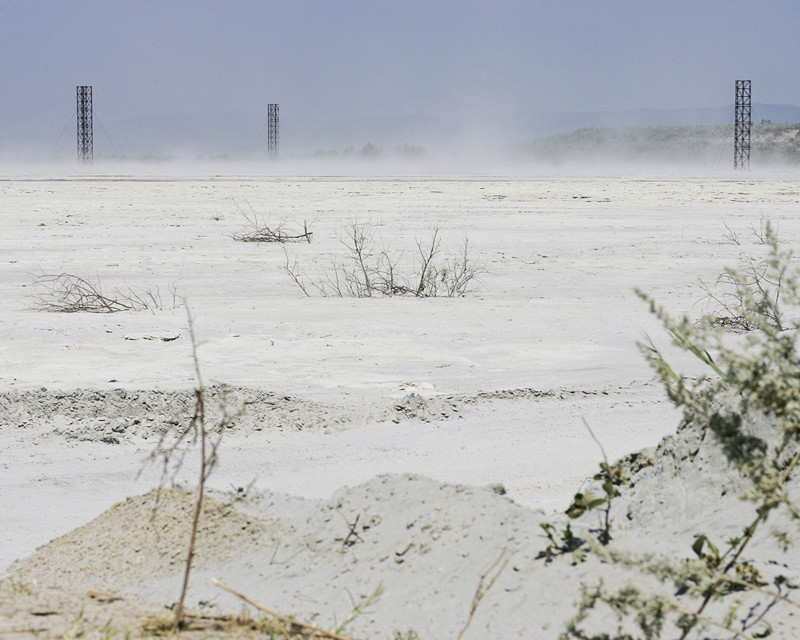
Smog from the processing of copper ore spread over 130 hectares near Moldova Nouă, Caraș-Severin, by Marin Raica

